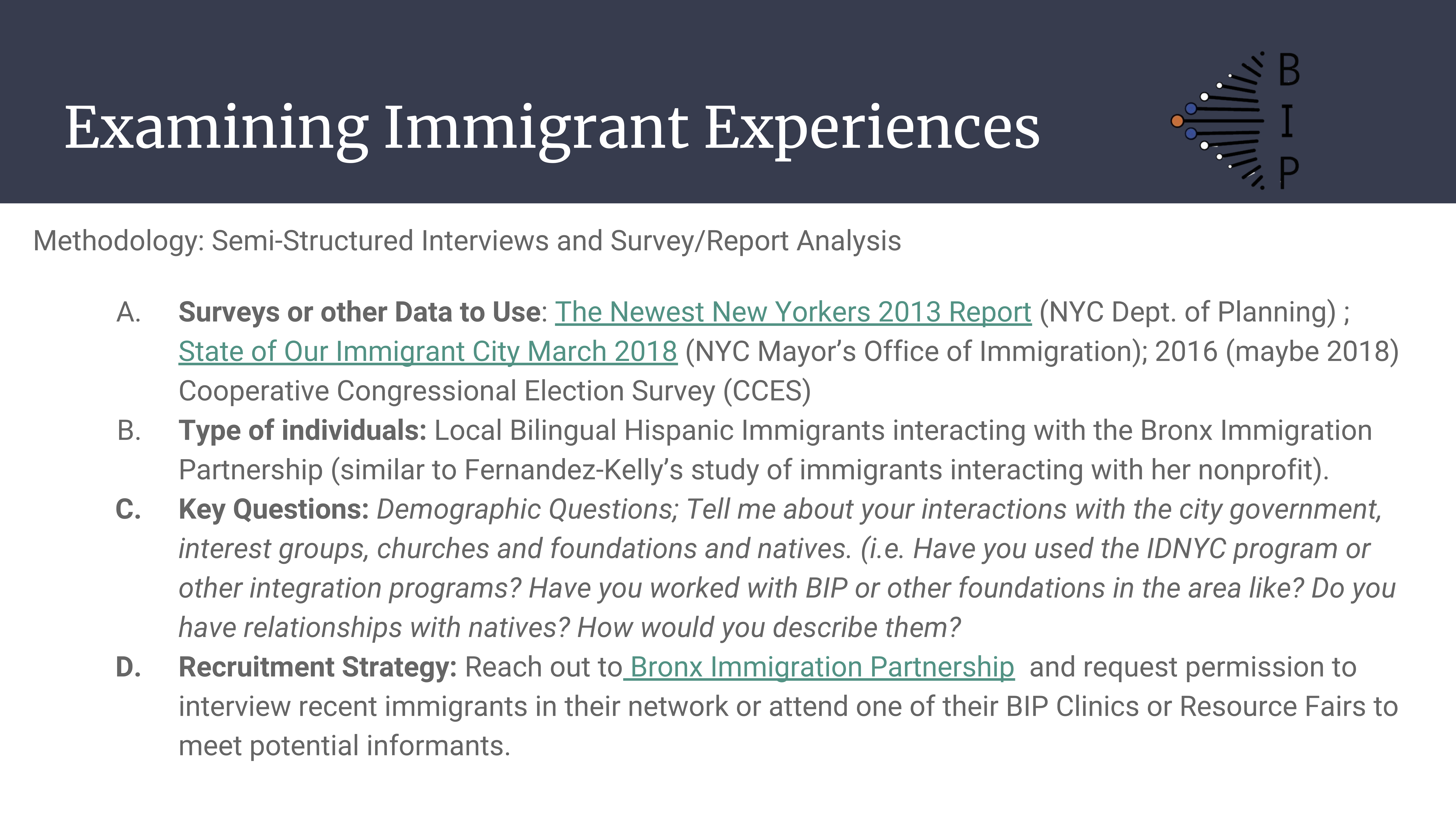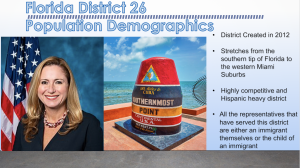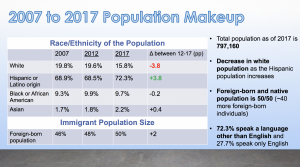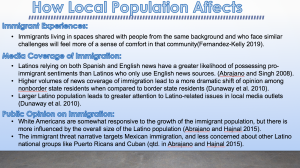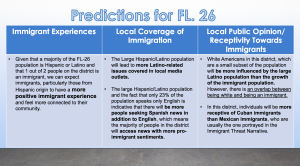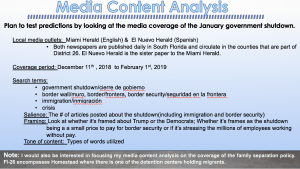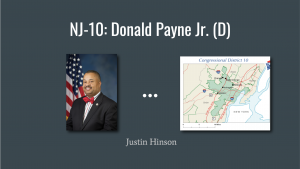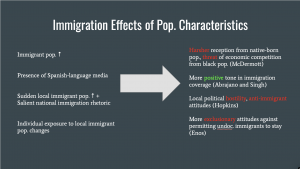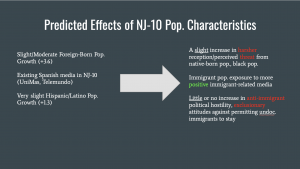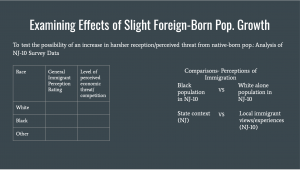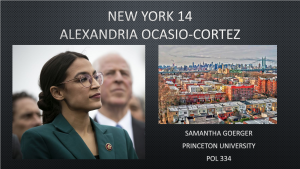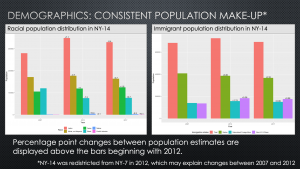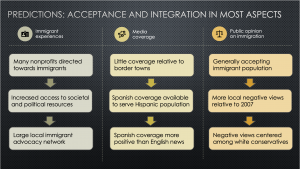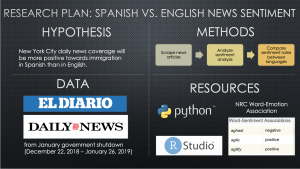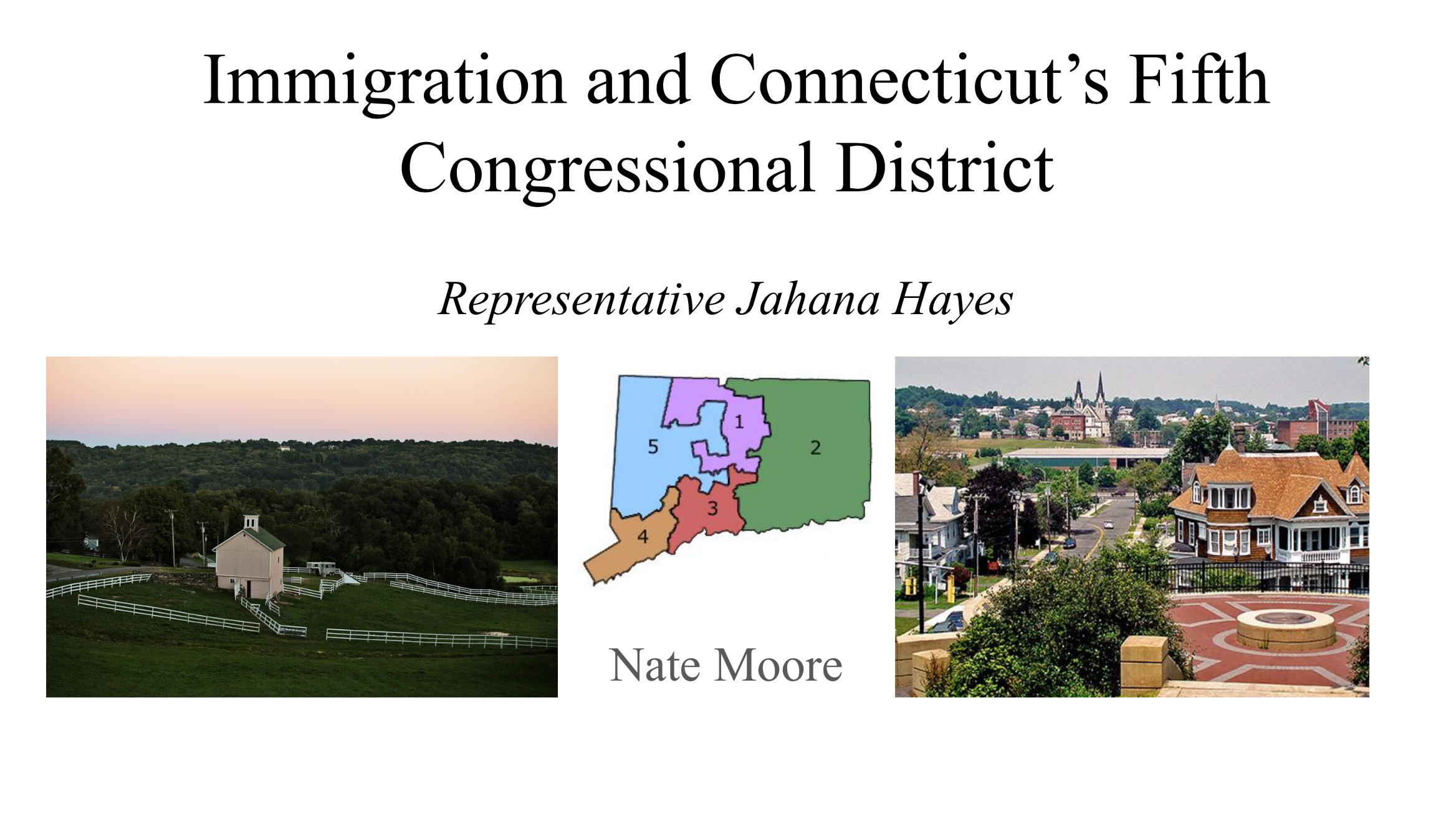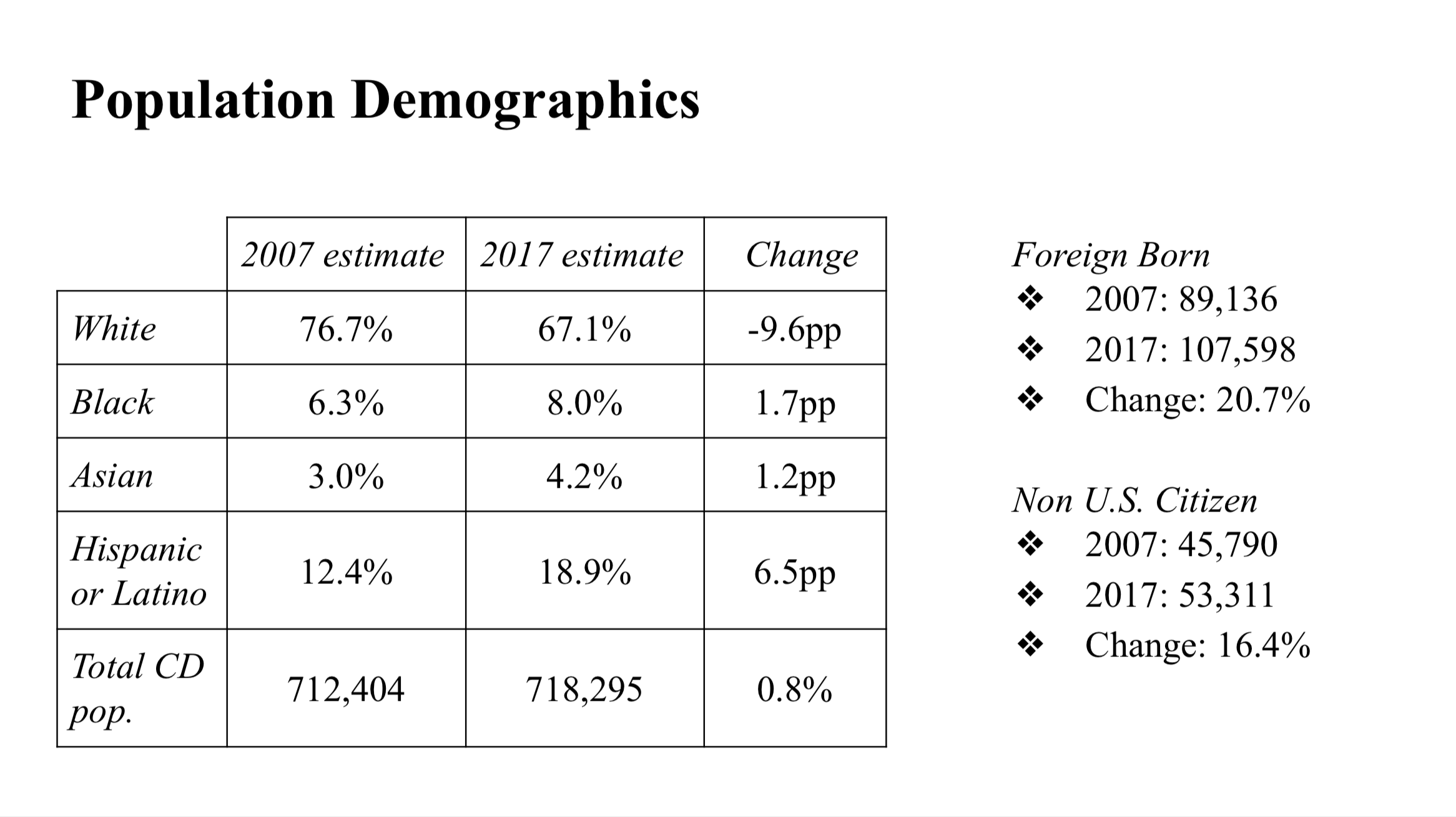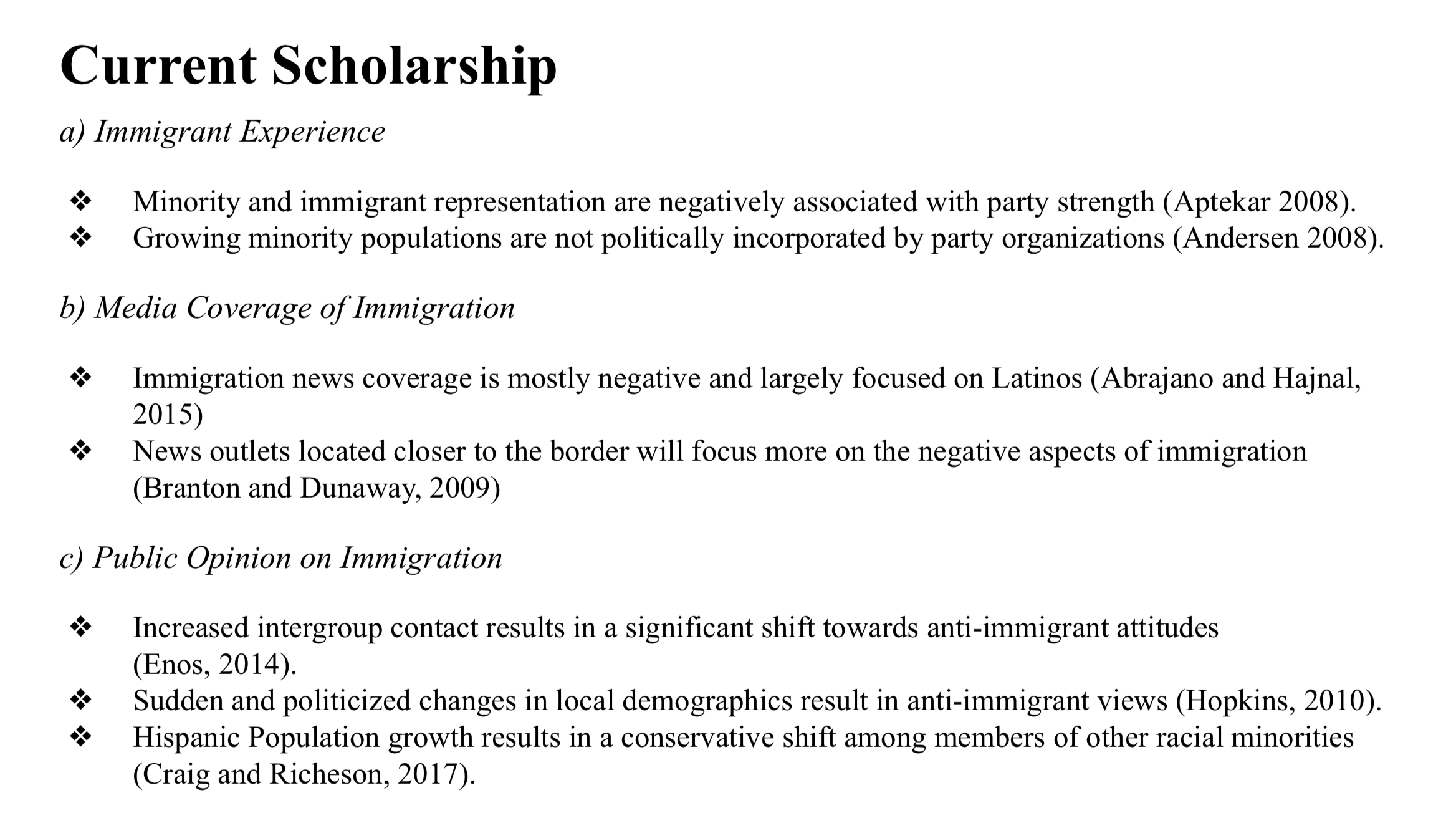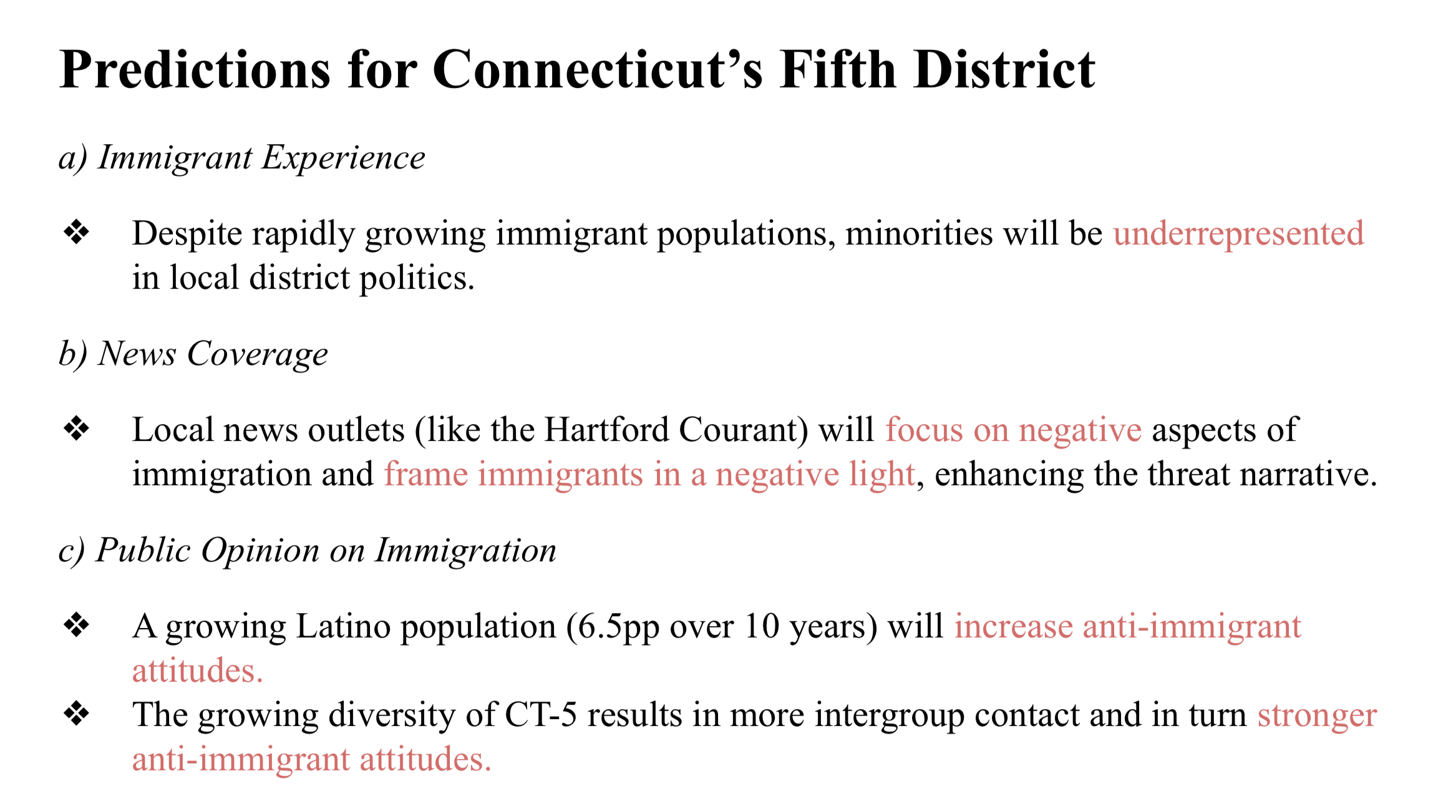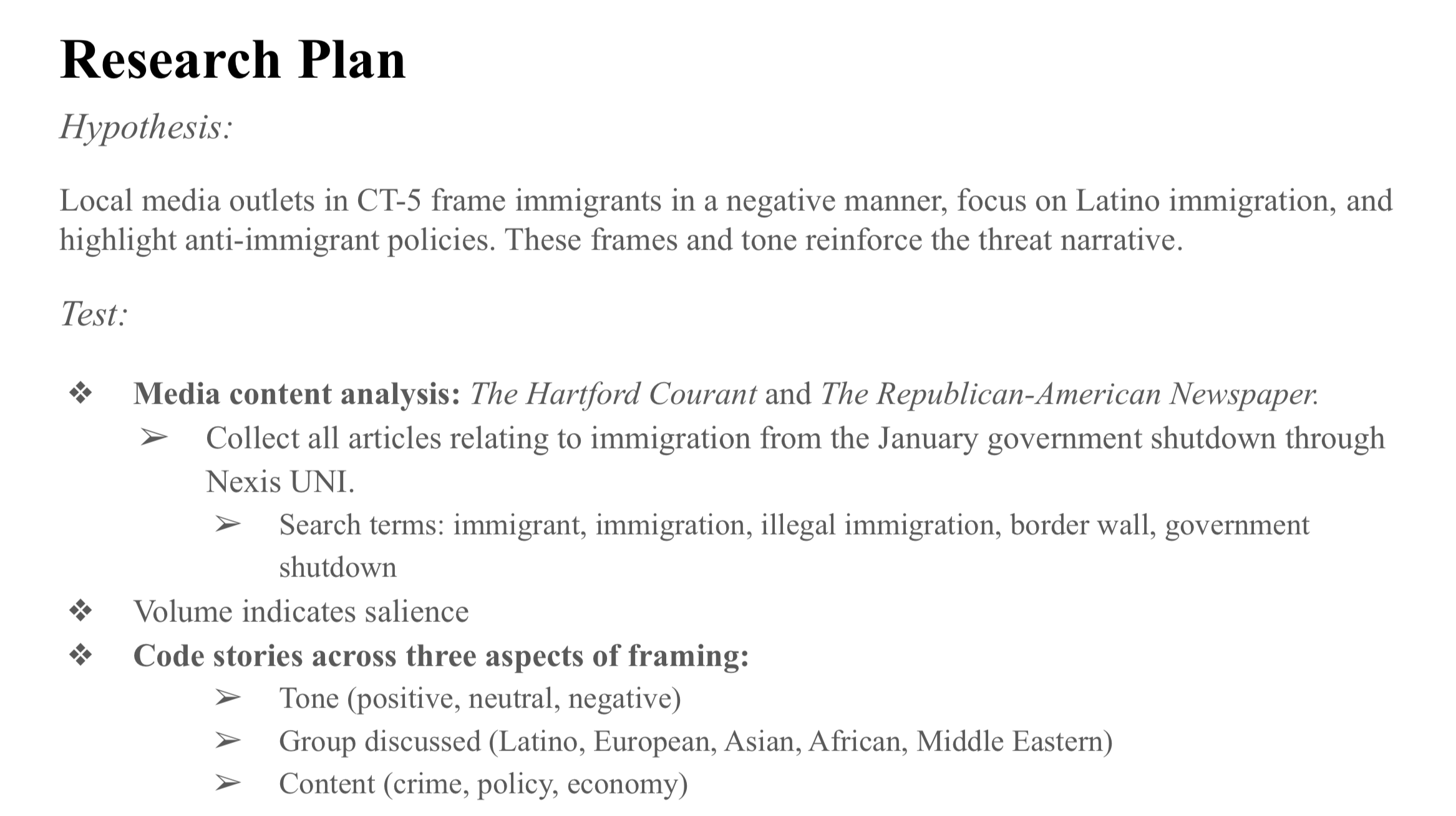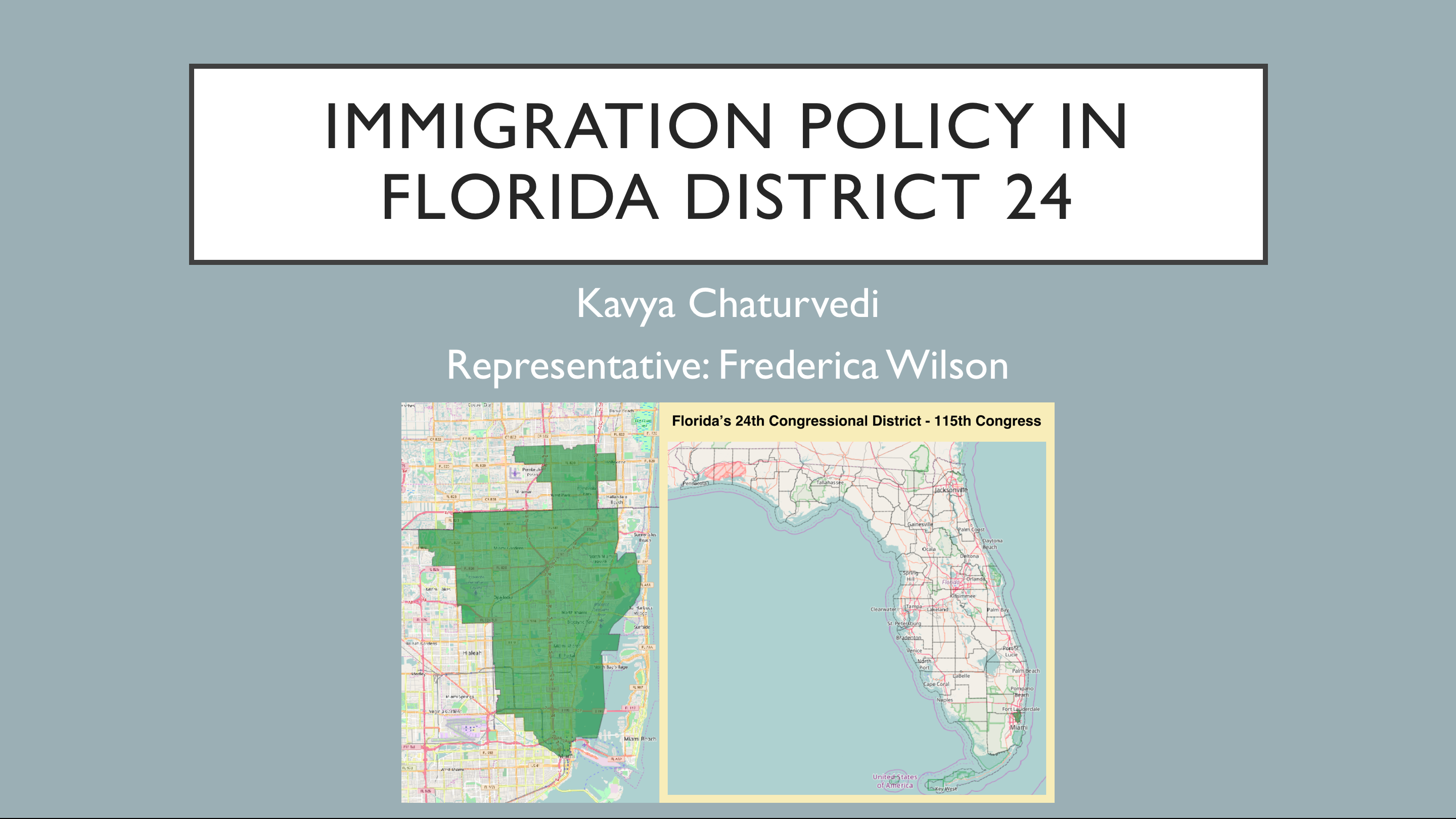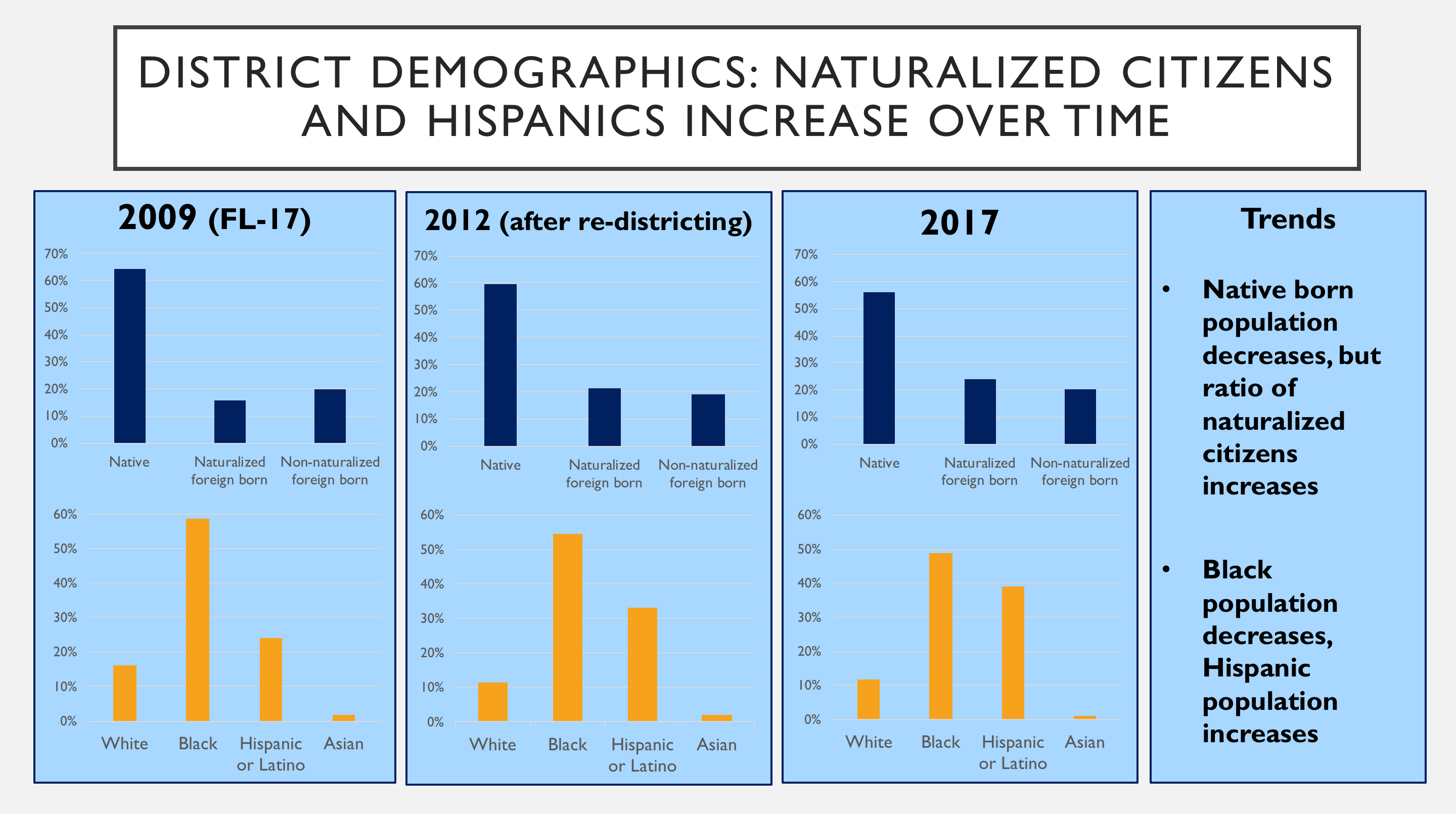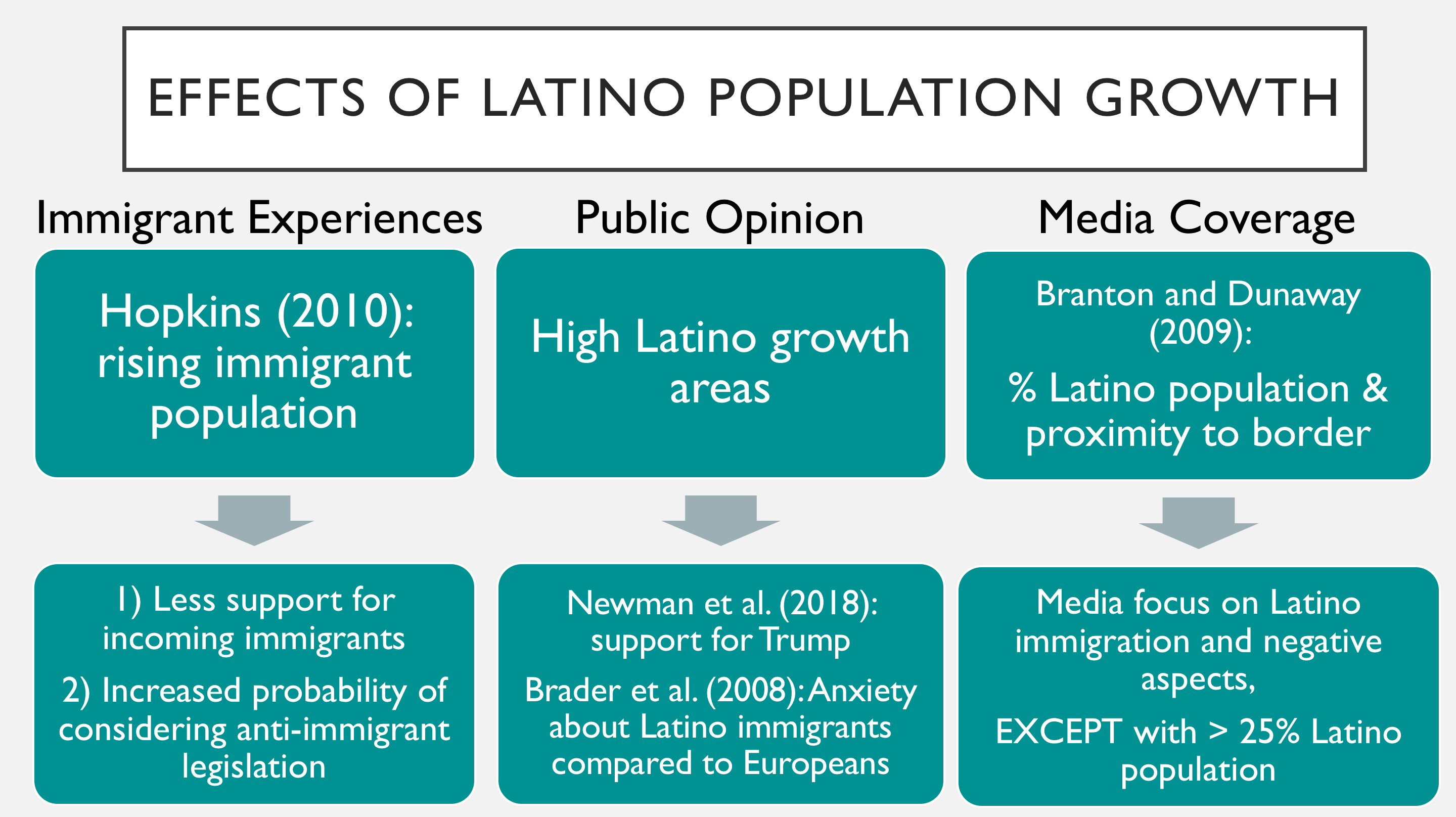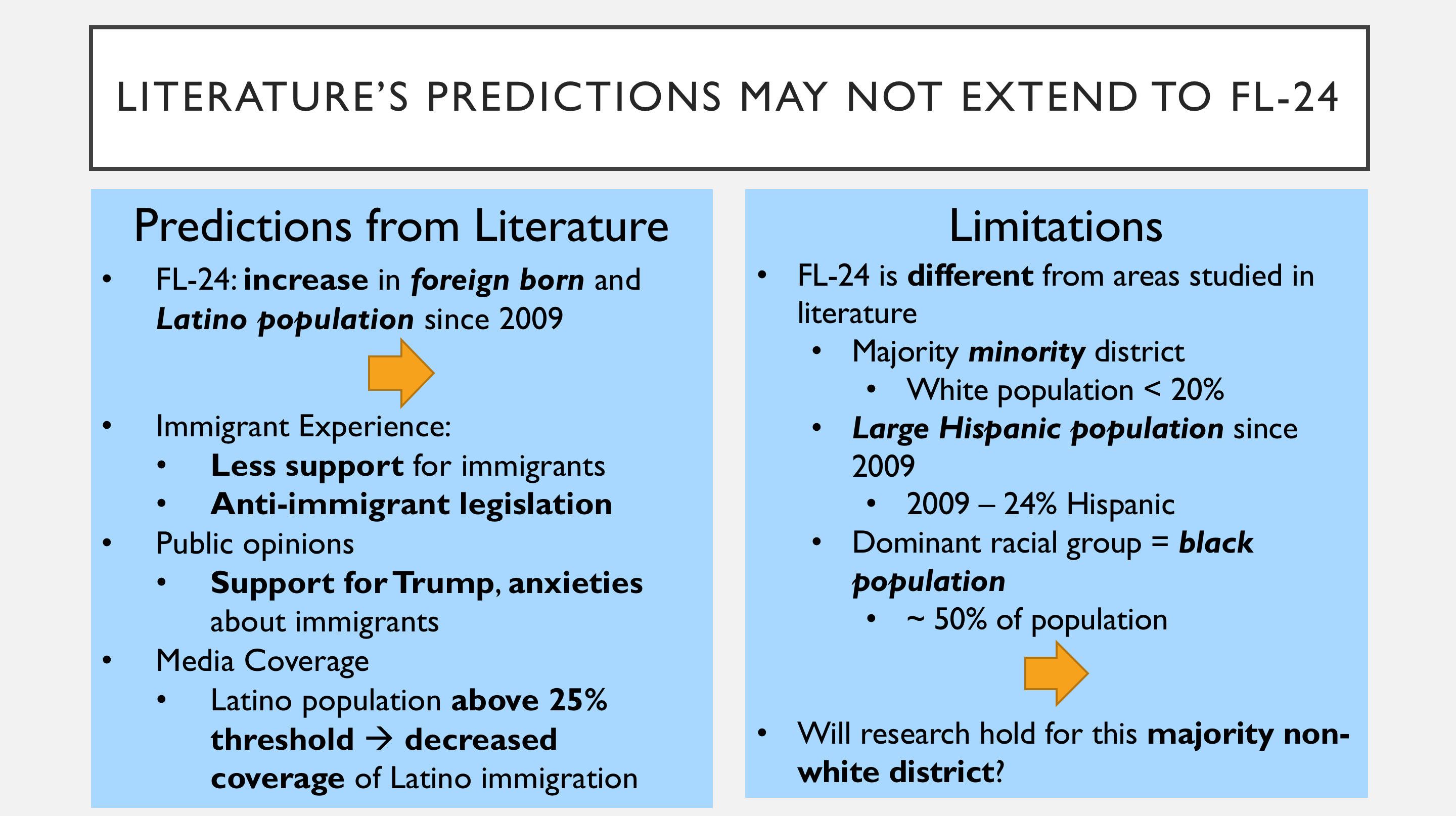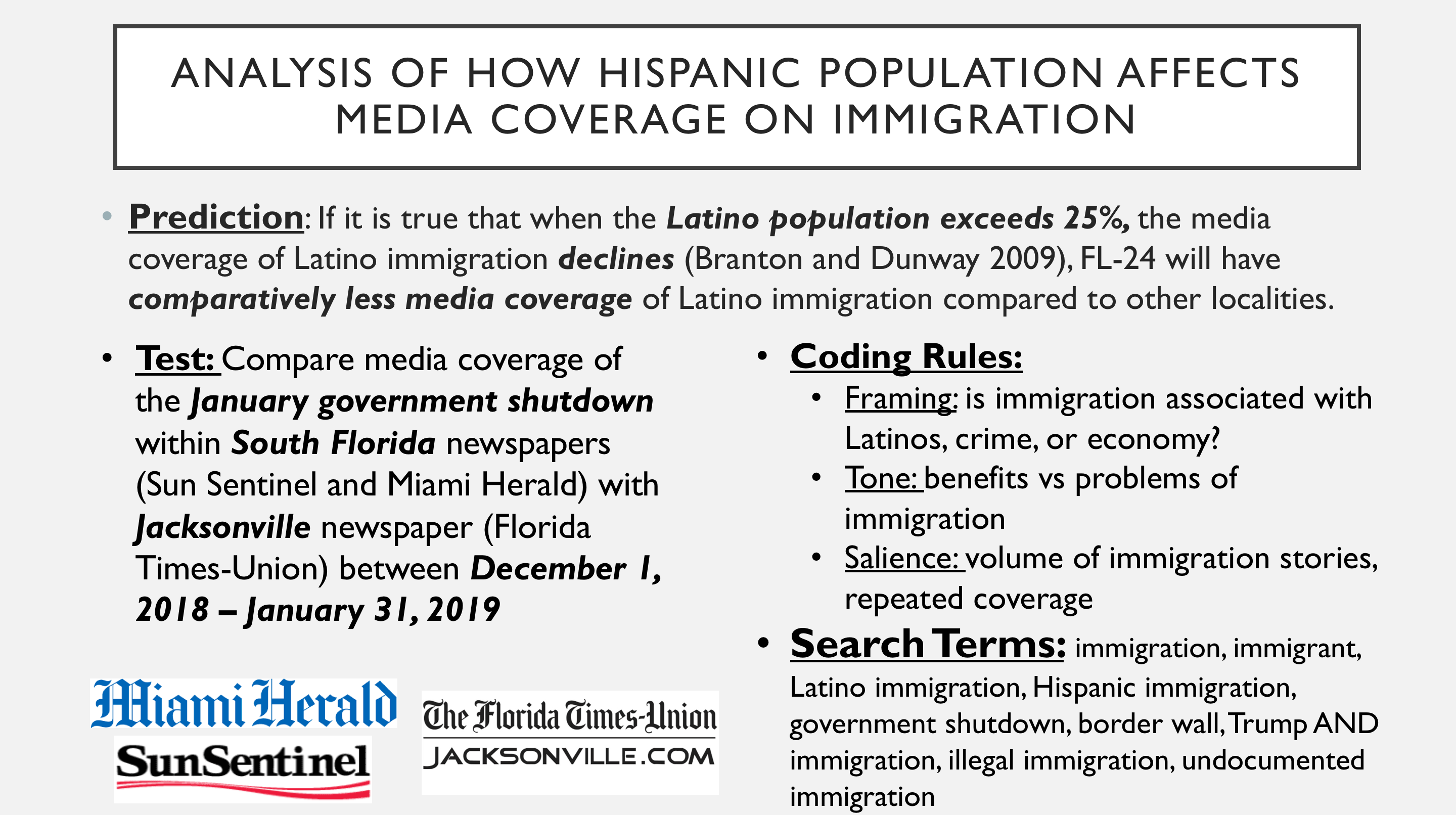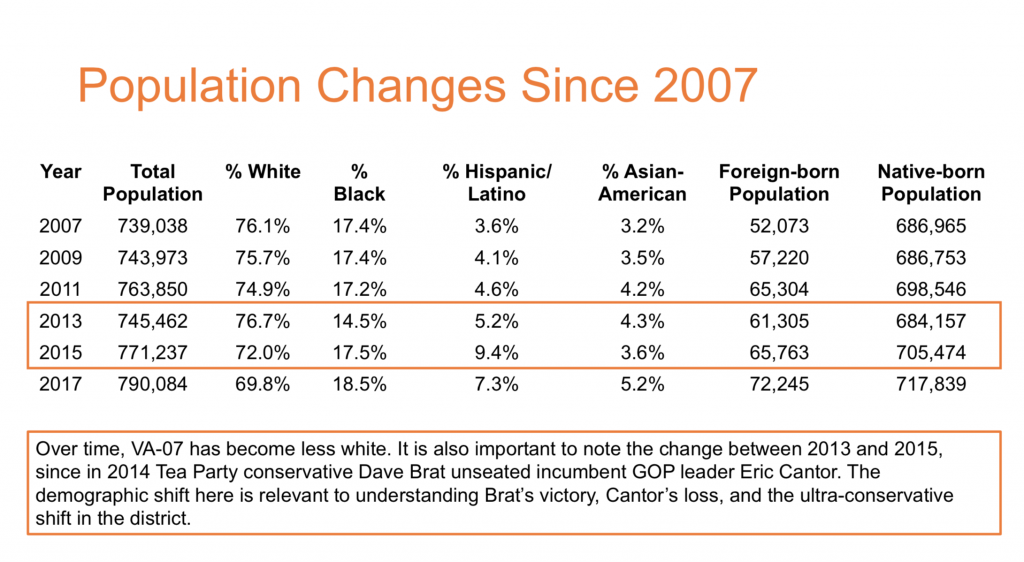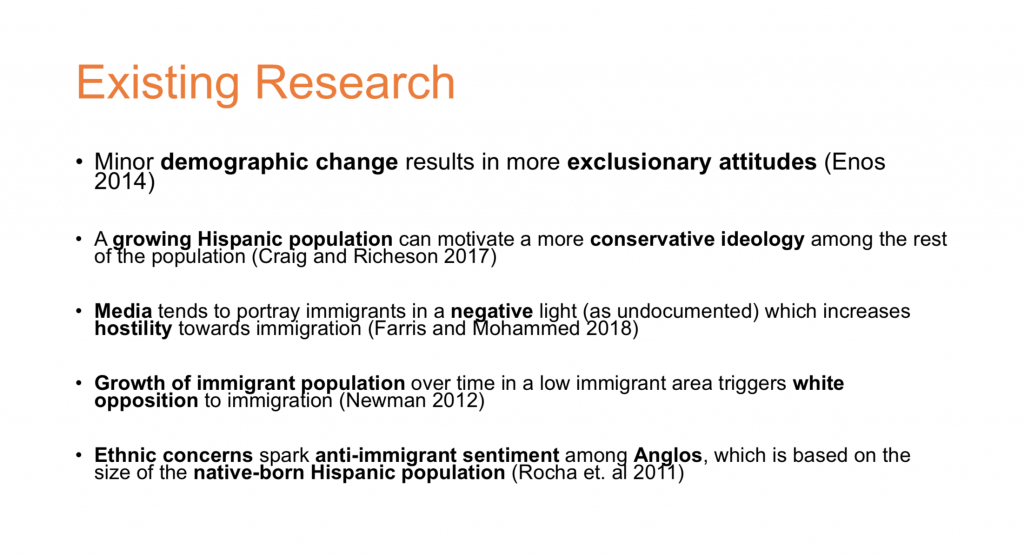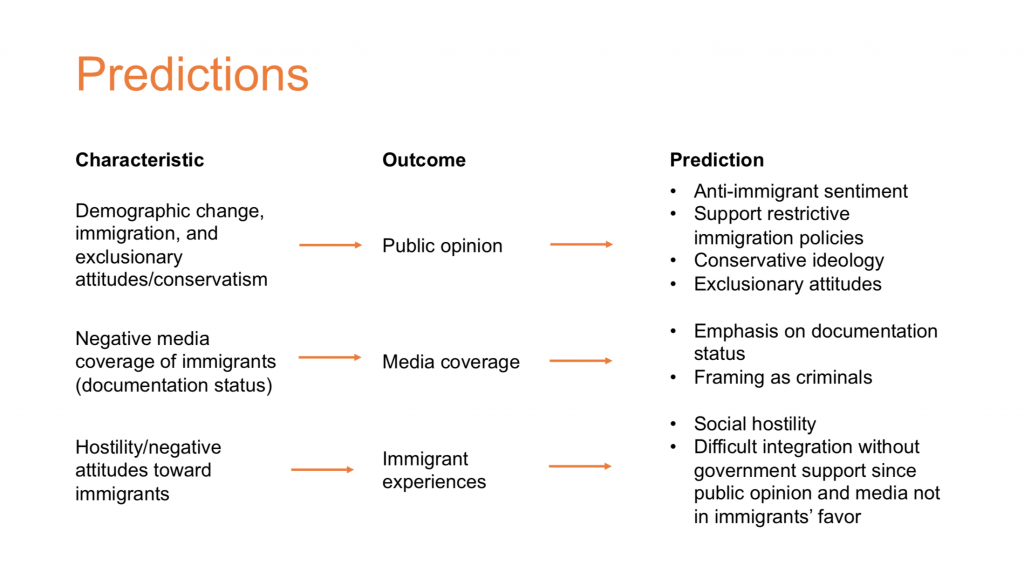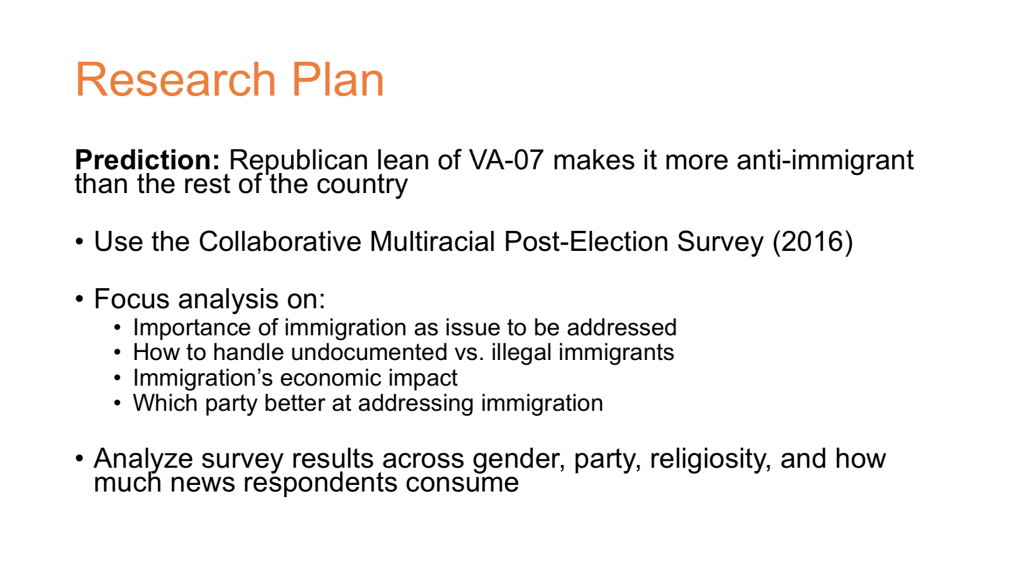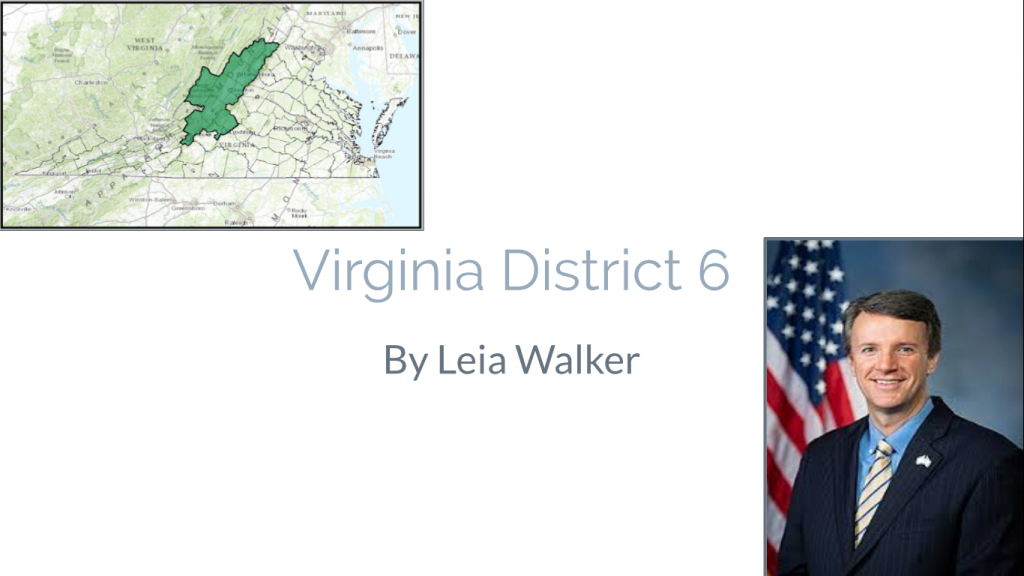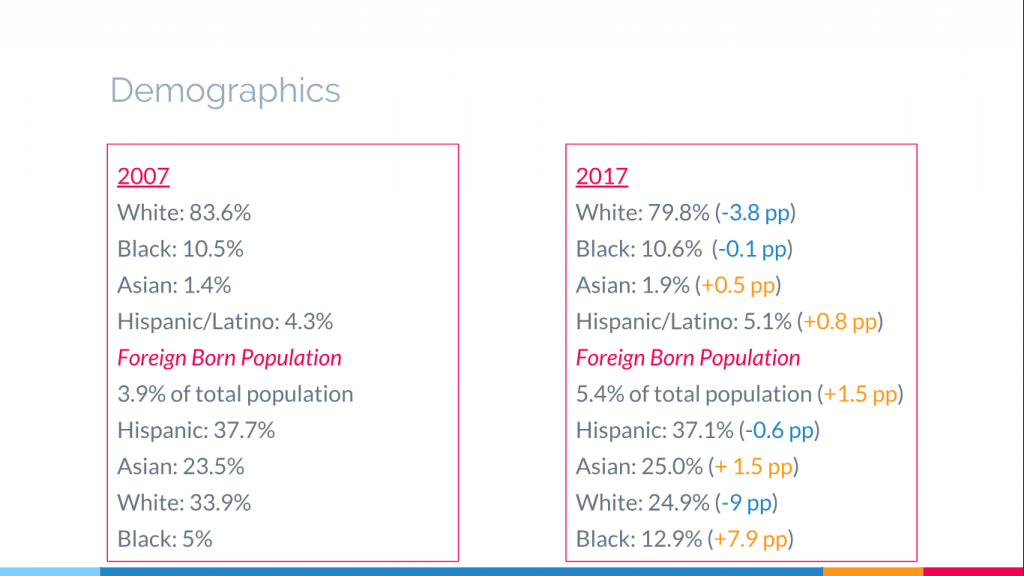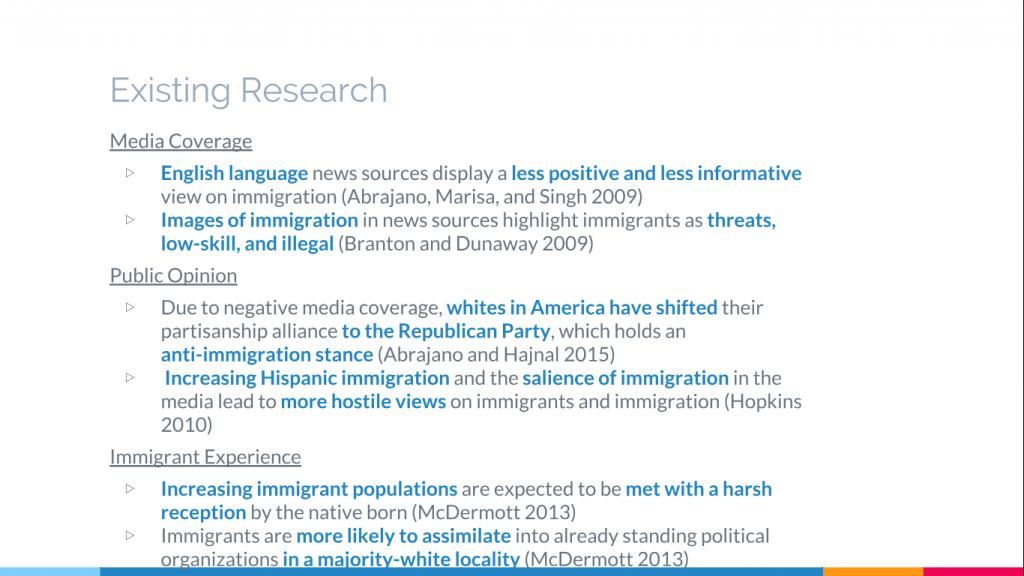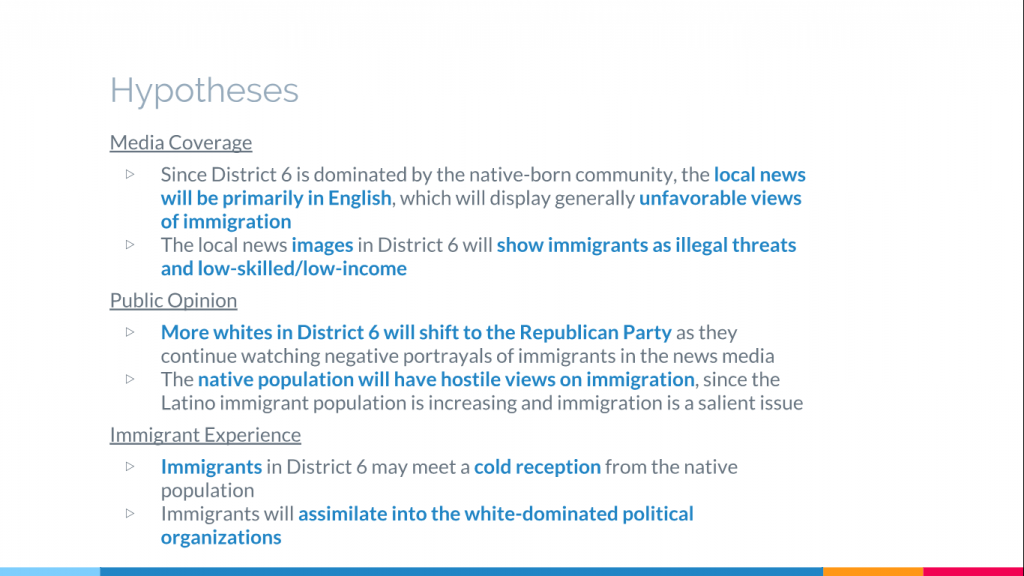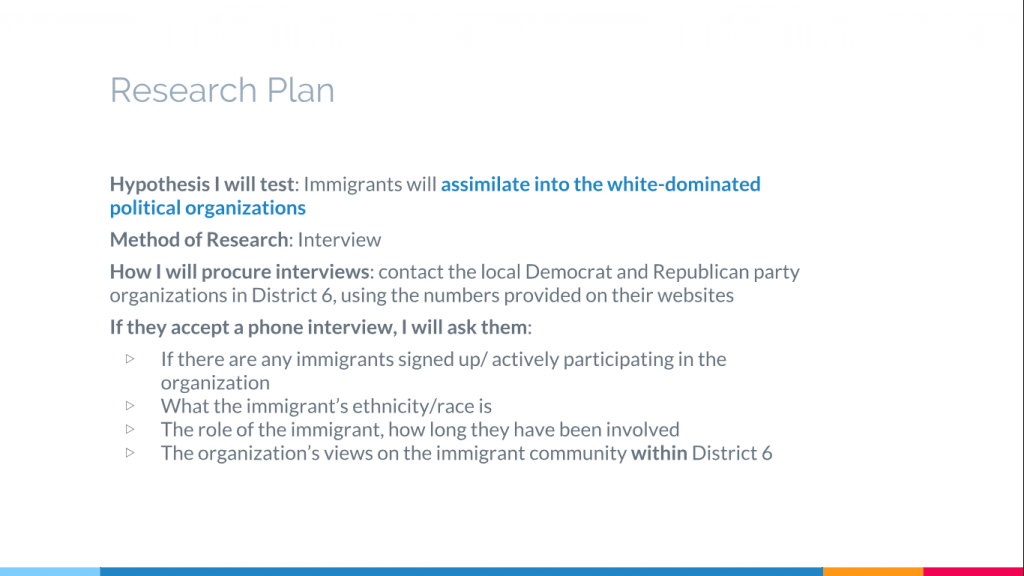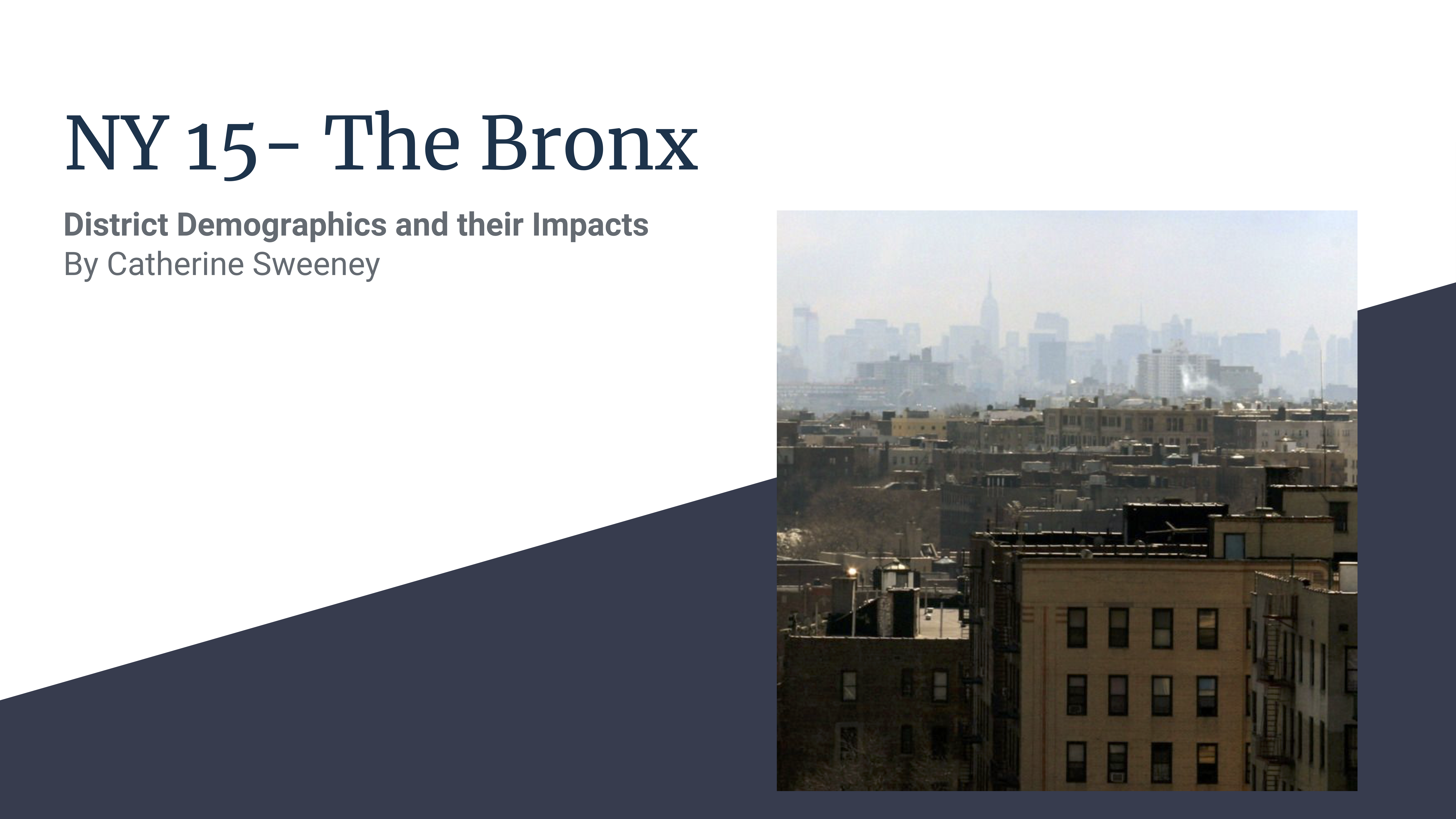
The 15th Congressional District has consistently had a huge Hispanic population and a large foreign-born population. Sonya Sotomayor, the first Latina, supreme court justice proudly comes from the South Bronx in this district. As of 2017, 61.9 % of the population identified as Hispanic ethnicity of any origin, 36.1 % were Black and 2.5% were white. Unfortunately, the demographic data for 2019 and 2018 was not available on the US Census website, so the graphs show the 10 year period from 2007-2017 with intermittent data from 2009, the starting year of interest, 2011, and 2013, the year after redistricting. Before 2012, this area was considered a part of the 16th Congressional District and the statistics presented in the slide come from that district. When the district lines were changed, Jose Serrano, the representative from the 16th district, followed the move becoming the representative of the newly drawn 15th district. As demonstrated on the slide, the Hispanic population has remained consistently high only fluctuating down .4 percentage points since 2017. The Foreign-Born population has grown in the past decade, gaining 5.5 percentage points since 2007.
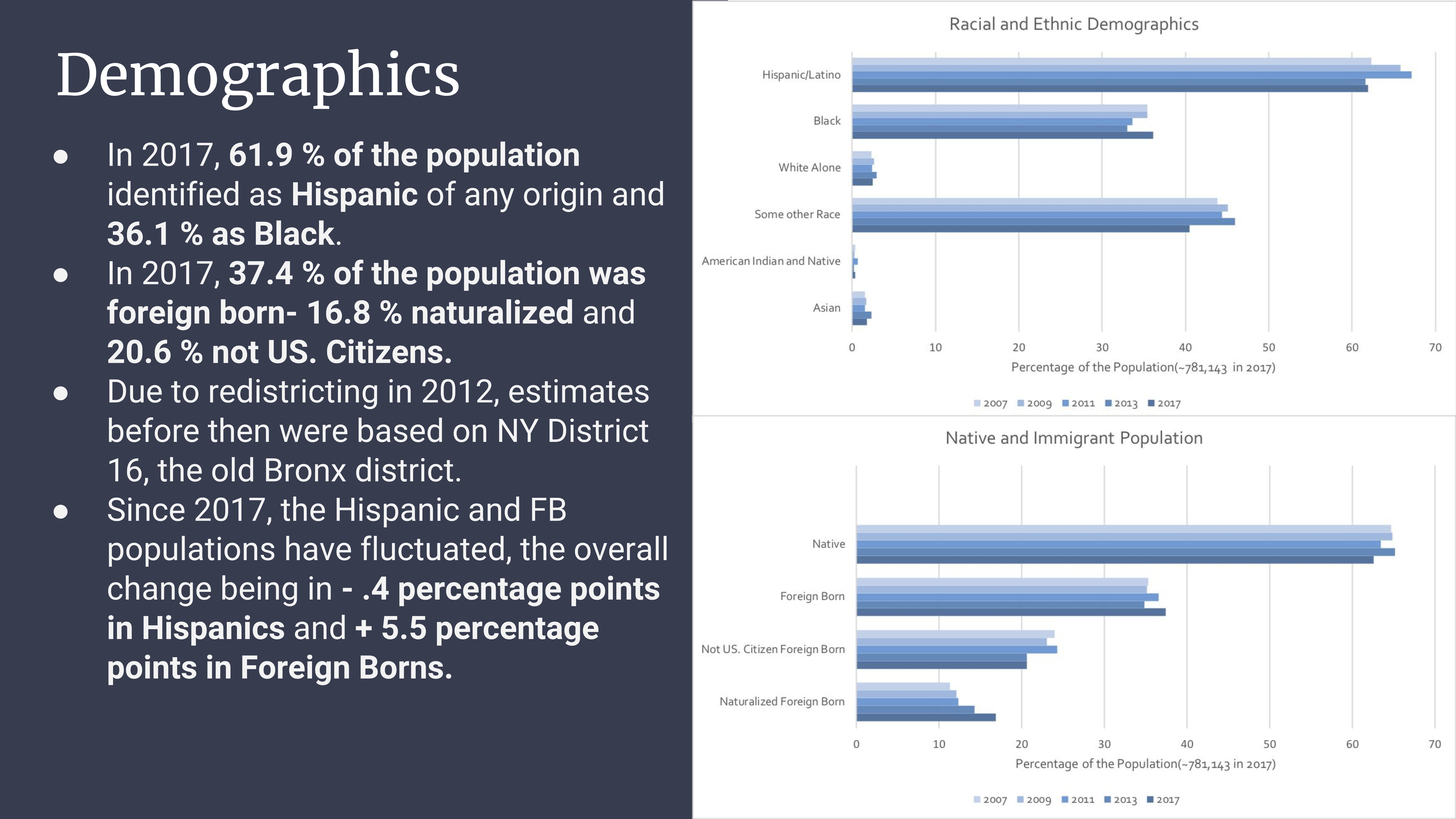
Scholars have examined the role of local demographics in immigration integration, media coverage, and public opinion extensively. In regards to immigrant experiences, McDermott argued that larger immigrant populations correspond to stronger racial identities of native blacks and whites which makes for harsher contexts of reception for immigrants (2013). Contrastingly, in a case study of Trenton, Fernandez-Kelly found that the area’s high Latino population and high prevalence of Latino businesses were associated with more social and political integration for Latino immigrants (2018). As for media coverage, Brader and his team noted that the increased American media attention on immigration has paralleled the increased rates of immigration from Latin America (Brader et. al 2013). Specific to tone, Abarjano and Singh found that Spanish news sources were more likely to focus on immigration in articles and have pro-immigration sentiments (2008). Lastly, for public opinion, Enos found that increased intergroup contact between Latino confederates and White Anglo-Saxon subjects caused a shift towards exclusionary attitudes amongst whites ( 2014). More specifically, Hopkins argued that changes in local demographics in the context of national rhetoric politzies are associated with more anti-immigration attitudes (Hopkins 2010).
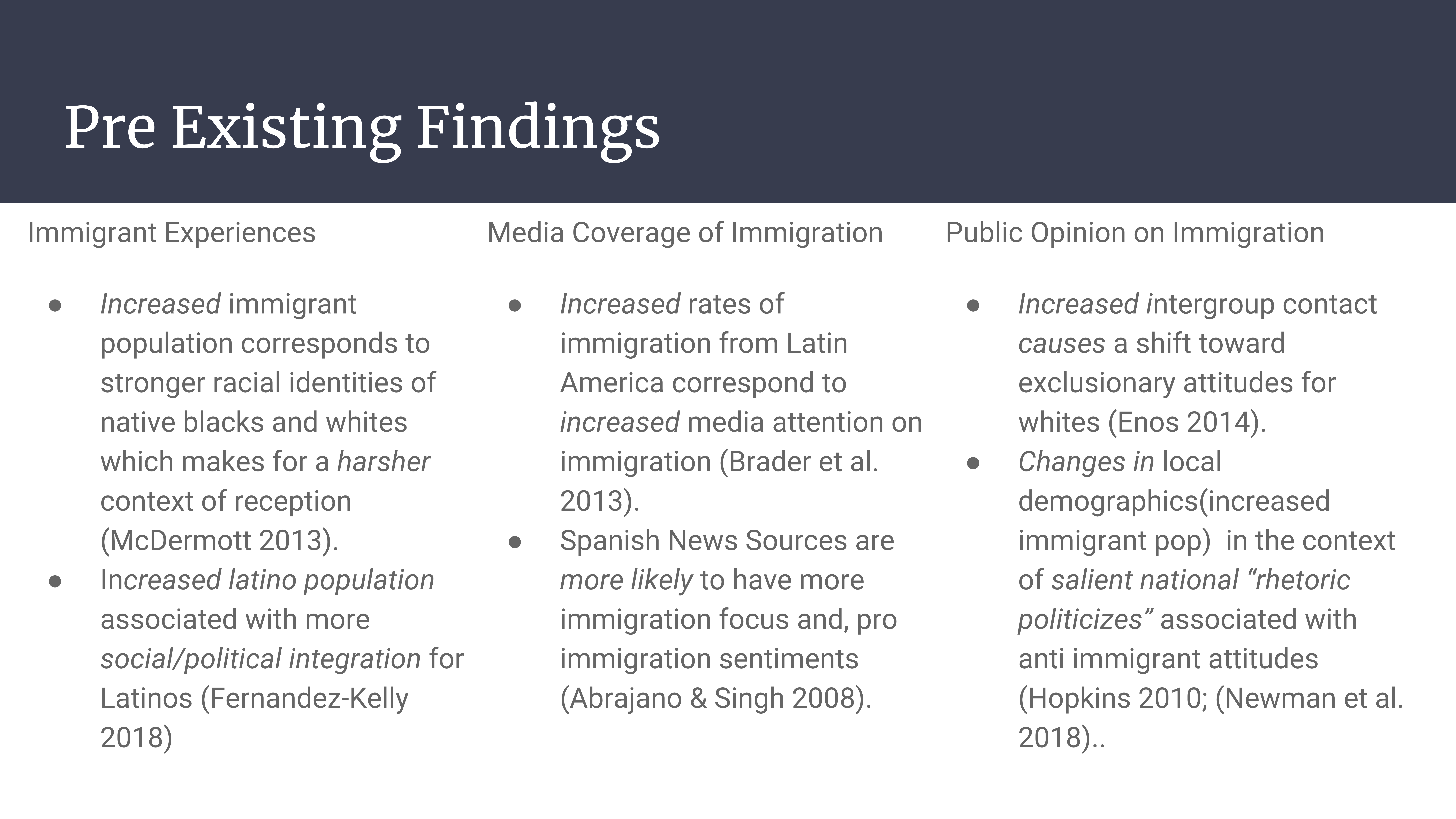
In light of prior research, it is likely that the relatively stable 67% Latino and 37% foreign-born populations in the Bronx bode well for new arrivals from Latin America. First, the primary Latino immigrants will likely have socially and politically integrative experiences and exposure to welcoming policies similar to Fernandez-Kelly’s findings in Trenton. However, it is important to note that the may simultaneously encounter hostile attitudes from native black locals. Second, the local media sources, probably offered in Spanish given the majority Hispanic population, will likely have a high frequency of immigration coverage and positive framing. Lastly, on average, public opinion would likely lean towards pro-integration and immigration attitudes manifested in support for higher immigration levels, DACA, and a pathway to citizenship, while the black subpopulation may have anti-immigrant attitudes.
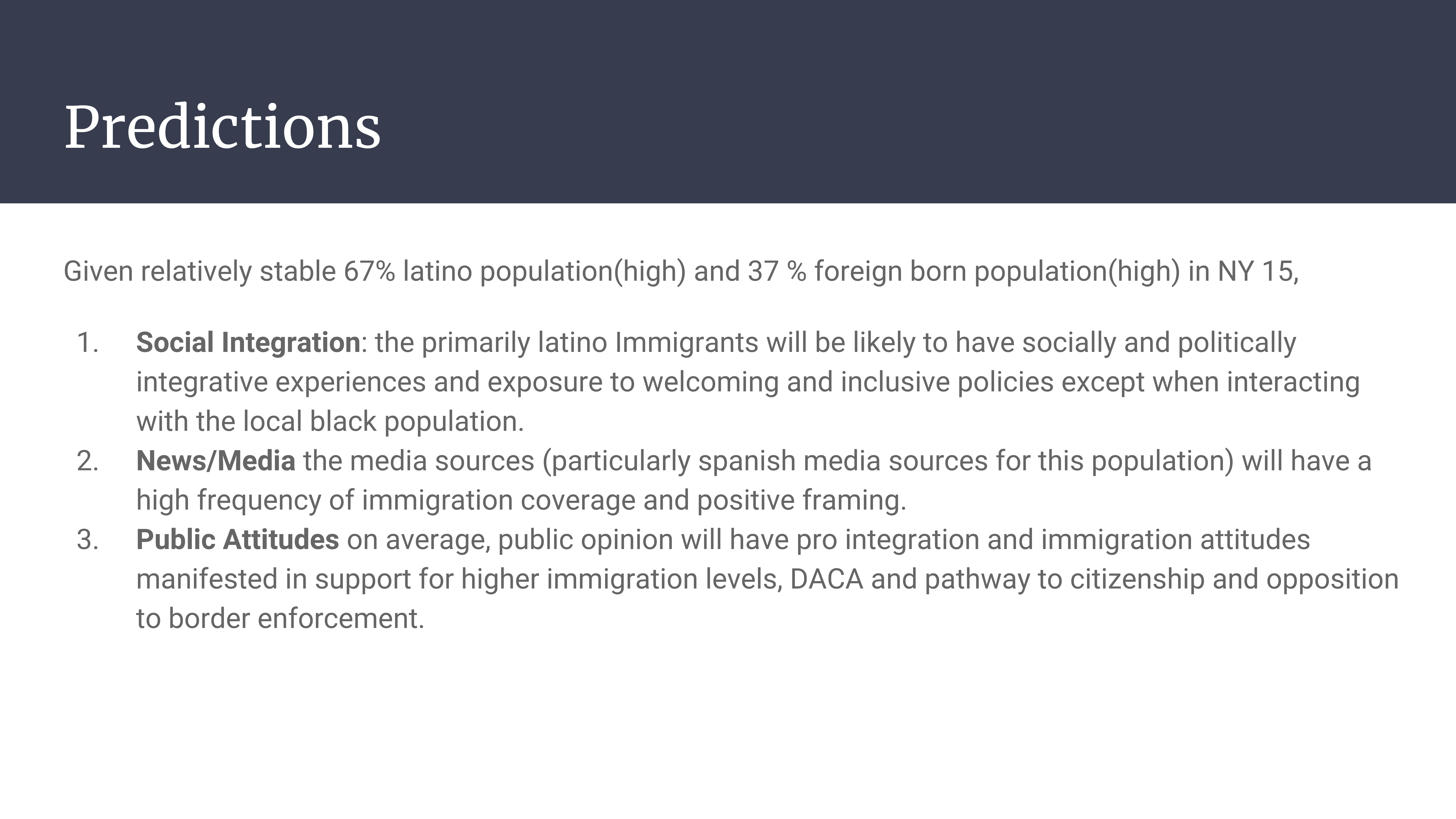
To examine the immigrant experience in the Bronx, I will utilize a mixed methodology of both semi-structured interviews and Survey Report analysis. I will likely use data from the NYC Department of Urban Planning’s “The Newest New Yorkers 2013 Report”, the Mayor’s Office of Immigration “State of Our Immigrant City March 2018 Report” and perhaps the Cooperative Congressional Election Survey (CCES) for immigration attitudes. The city’s reports provide statistics on policies immigrants would encounter and the city immigrant population’s demographics, educational attainment, employment status, and income, which are common measures of integration. As for the semi-structured interviews, I plan to interview local bilingual Hispanic immigrants interacting with the Bronx Immigration Partnership similar to Fernandez-Kelly’s approach to the study of Princeton and Trenton Hispanic immigrants. To recruit these individuals, I intend to reach out to the Bronx Immigration Partnership and request permission to interview recent immigrants in their network or attend and volunteer at one of their BIP Clinics or Resource Fairs to meet potential informants. Lastly, in these interviews, I will ask demographic information, ask them about their interactions with and opinions of local natives, the city government, interest groups, and churches and foundations, and lastly, about their own trajectory and experience with jobs and school since being in the US. These questions are pointed enough to gauge the extent to which the informants socially, politically, and economically integrated into society, but also open-ended enough to capture the nuances of their experiences.
